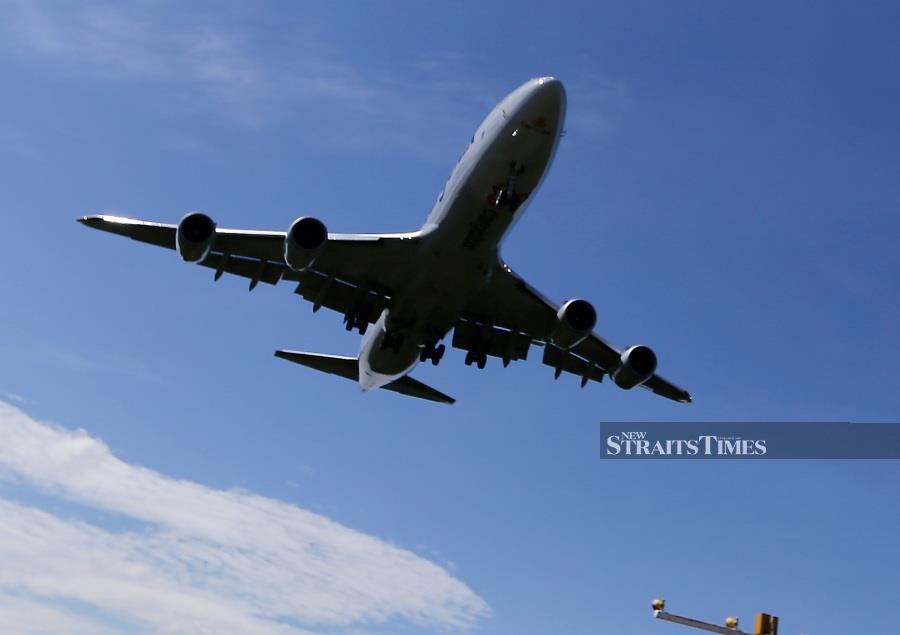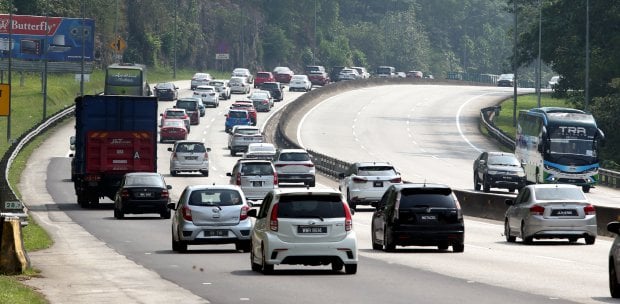FOR decades, travelling on passenger jets has been one of the safest modes of long-distance commercial travel, despite some high-profile mishaps and crashes.
To wit: the hair-raising violent turbulence that led to the death of a Briton and injured several crew and passengers is comparable to the door that flew off an Alaska Airlines plane mid-air, leaving a gaping hold in the aircraft's fuselage.
An aircraft taking off nicely until its landing gear won't open, forcing it to crash land, is just as bad as that jet, which executed a textbook landing, but taxied off course and crashed. An aircraft's engine can suck in a bubble wrap and catch fire mid-air or experience a hydraulics problem at high altitude that can unbolt a tyre which then smashes into a parked car.
In 2000, a Concorde passenger jet crashed immediately after take-off. All 109 people on board and four on the ground perished. These cases can strike fear and anxiety in passengers, the kind that forces aircraft pilots to arrange for emergency landings.
A sudden cockpit control malfunction thwarted a passenger jet from climbing and it subsequently crashed. Terrifyingly, as a passenger jet is cruising normally, a ground-to-air missile can blow it up. Equally terrifying: an aircraft being shot down by a fighter jet's missile.
Still, all this doesn't beat being trapped inside a passenger aircraft hijacked by terrorists who turned the plane into an improvised missile that they flew into an iconic American skyscraper. The incidents of plane crashes on land and in the ocean for reasons known and unknown are equally disturbing.
Last year, the commercial aviation industry registered 30 accidents, including a fatal one in Nepal, which flight investigators pointed to pilot error. But the mother of all flight horrors was the passenger jet that vanished over the Indian Ocean, followed by exhaustive investigations that yielded no answer, only conjectures about its disappearance.
About 100,000 flights operate daily worldwide with little or no incident, flying routinely to their destinations and making the return flight safe and sound.
Flight safety statisticians estimate that between 2018 and 2022, the risk of passengers being killed on a flight worldwide was one in 13.4 million as opposed to one in 350,000 between 1968 and 1977, making them excellent safety odds. To recap: air travel is still, by far, the safest mode of commercial travel.
More people have been and are still being killed on highways. Experts say flying is safer than ever as risks have dropped exponentially over the decades. For passengers about to board a flight and feeling unsettled by recent reports of hazards, mishaps and crashes, relax.
The odds are with you. It's best to sit back, relax and enjoy the in-flight hospitality, cuisine, beverages and latest TV shows and blockbuster movies.





